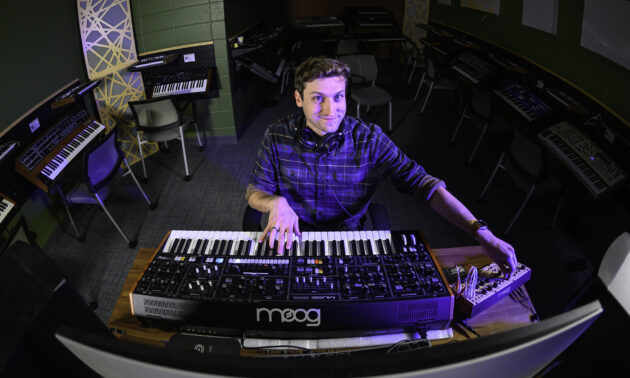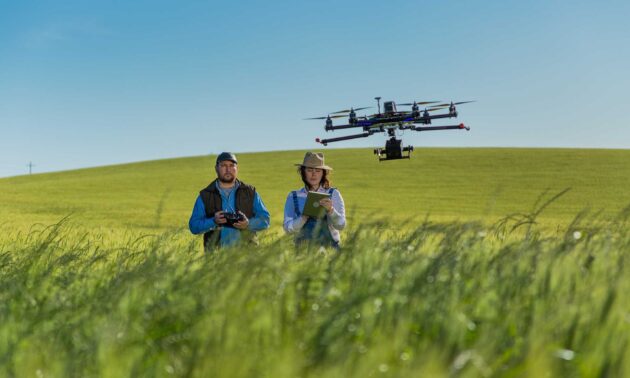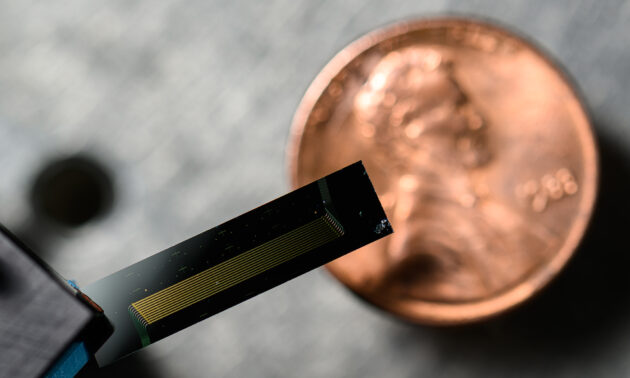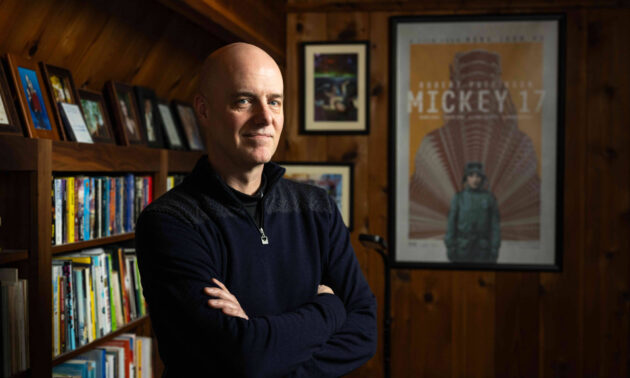From the Newscenter

Rick Carl ’19, ’20 (MS): Blending creativity and engineering in synthesizer design
The synthesizers Rick Carl ’19, ’20 (MS) created for Moog Music Inc. are part of a new cutting-edge lab at URochester.

Film, music, and technology converge at inaugural Soundtrax Festival
The University of Rochester debuts the first North American festival dedicated to the art and science of film music.

Why the future of computing is quantum
The strengths and limitations of computing advances are pushing the boundaries of what quantum machines can do.

Breathing life-saving services into rural communities
Professor Benjamín Castañeda ’09 (PhD) leads a global effort to meet critical needs for medical technology.

URochester engineers serve the community through design capstone projects
Rochester seniors and master’s students provide businesses and nonprofits solutions to real-world problems.

Staying in the mix: How a senior design project became a successful business
Daniel Fine ’19 and Ben Schmitz ’19 create digital plug-ins that add unique effects to musical tracks, delighting amateur hobbyists and award-winning producers.

How brain-inspired analog systems could make drones more efficient
Electrical and computer engineers want to mimic the brain’s visual system to create AI tools for guiding autonomous systems.

New laser smaller than a penny can measure objects at ultrafast rates
The chip-scale laser has applications ranging from guiding autonomous vehicles to detecting gravitational waves.

The magnificent Mickey7
Alumnus Edward Ashton’s sci-fi novel Mickey7 gets a Hollywood glow up with Bong Joon-ho’s film Mickey 17.

New technology could quash QR code phishing attacks
The improved QR code format would let smartphone users know if they’re heading to a secure website—or wading into a potential ‘quishing’ scam.
